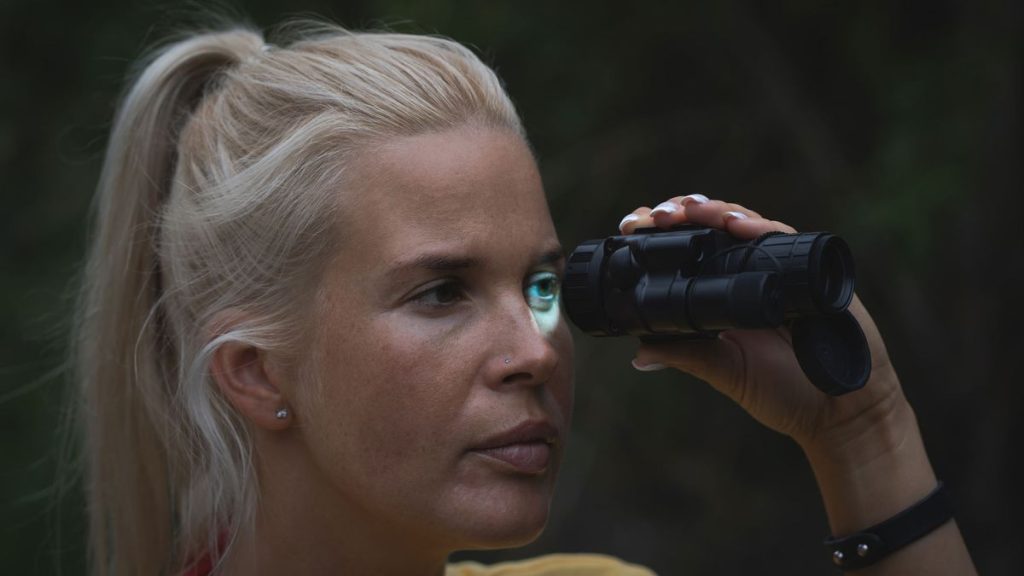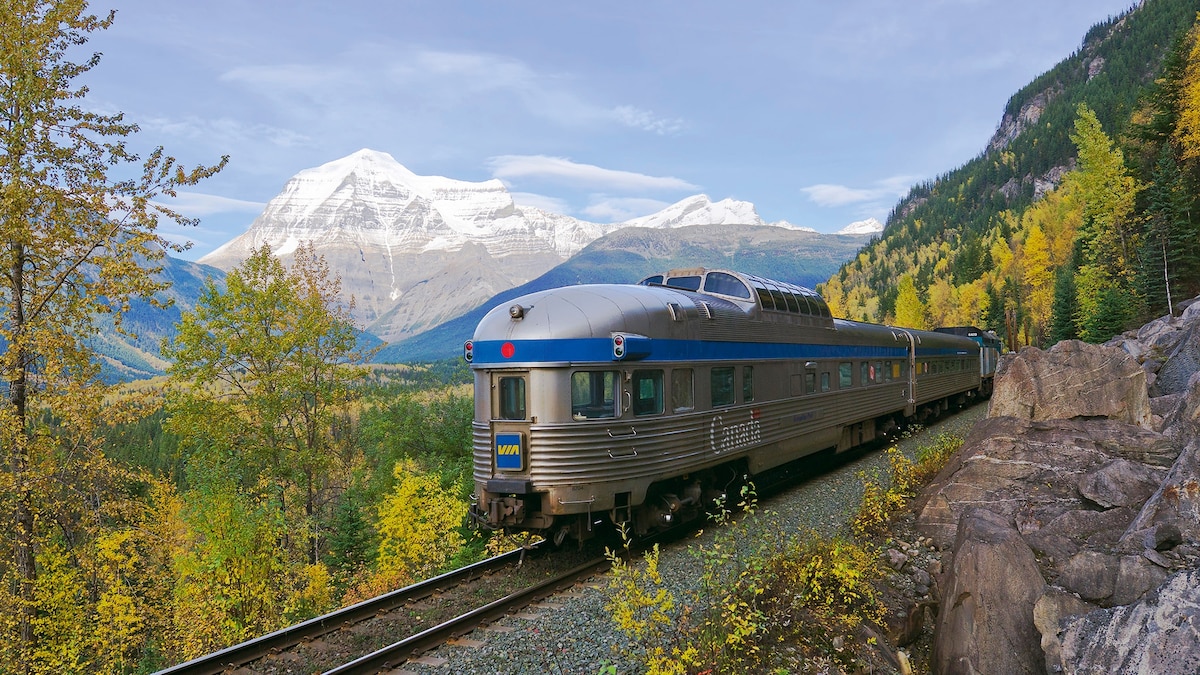Now Reading: Where to see wildlife in Europe this summer
-
01
Where to see wildlife in Europe this summer
Where to see wildlife in Europe this summer

This article was produced by National Geographic Traveller (UK).
Although quite densely populated, Europe isn’t short of lonely island outposts, remote mountain ranges and dark, seemingly impenetrable forests — and many of them shelter world-class displays of animal activity. You’ll need to be well-equipped to enjoy them and will almost certainly need to travel in the company of an expert guide or a specialist tour operator — to keep you safe as well as make sense of what you’re seeing. But if you get the basics right, Mother Nature still has the power to impress.
1. St Kilda, Scotland
It’s the setting as much as the wildlife that makes St Kilda magnificent. Here, 40 miles west of the Outer Hebrides, a citadel of soaring cliffs and islets stands fast against the heaving seas — and it swarms with breeding seabirds. The latest count was 17 nesting species, with 100,000 pairs of Atlantic puffins forming the UK’s largest colony.
Summer is the best time to visit: on a day trip, as part of a wider wildlife tour of the Hebrides or by bagging a spot on the National Trust for Scotland’s sought-after campsite (booking ahead is essential). But whatever form your visit takes, the chance of spotting dolphins, orcas, seals and humpback whales en route adds to the thrill. So too the long street of abandoned houses above the main island’s eastern shore — although there are wardens and researchers living here, the last St Kilda natives were evacuated in 1930, after 4,000 weather-beaten years of human habitation.

The island of St Kilda in Scotland hosts the UK’s largest Atlantic puffin colony, with around 100,000 pairs of birds.
Photograph by Michele D’Amico; Getty Images
2. Făgăraș Mountains, Romania
In the southern Carpathians, west of Brașov, conservationists are hoping to create the Yellowstone of Europe — a half-million-acre national park whose biodiversity would be almost unmatched on the continent. But you don’t have to wait till their work is done to visit. This heavily forested stretch of mountains is already home to a stellar array of species.
On a summer’s evening, waiting to spot brown bears from a woodland hide, you’ll be amazed — and heartened — to see the air thicken with insects, too, even though the worldwide populations continue to decrease. The 70,000-acre range owned by the Foundation Conservation Carpathia is one of the most rewarding areas to explore, which can be done through its partner company Travel Carpathia. Not only is the national park home to lynx, wolves and bears, bison and beavers have recently been reintroduced to the area. Next up on the rewilding list are vultures.
(Bears, wolves and rewilding in Romania’s Southern Carpathian mountains.)
3. The Azores, Portugal
Ten million years of volcanic activity has created this remote archipelago at the point where the tectonic plates of Eurasia, Africa and North America meet. And as you’d expect, 870 miles out into the Atlantic, they get a lot of aquatic traffic.
In late spring and summer, fin, humpback, blue and pilot whales are all passing through while sperm whales live in the local waters year-round. Add in resident dolphin populations, as well as hammerhead sharks, and it makes for an exceptional wildlife destination; one that’s covered by the largest marine protected area in the North Atlantic.
Make the island of Faial your base if whale-watching is your priority. Meanwhile, scuba divers should target Santa Maria: there’s a chance of seeing whale sharks there in August alongside devil rays, barracudas and loggerhead turtles.

In late spring and summer, fin, humpback, blue and pilot whales are all passing through the Azores, making it a top wildlife-spotting destination.
Photograph by George Karbus Photography; Getty Images
4. Bergslagen Forest, Sweden
You don’t have to travel far from Stockholm to see Sweden’s wildlife. Just over two hours from the capital, the small town of Skinnskatteberg is a handy launchpad into Bergslagen — a region once famous for its iron ore that has now been reclaimed by Mother Nature. Its patchwork of pastures, thick forest and tranquil lakes is home to flourishing populations of wolves, beavers and bears as well as being one of the best places in Scandinavia to see moose.
Local guides will show you how to track these enormous creatures, which can stand six feet tall at the shoulder, as well as safely taking you into areas where sightings are common. You may also encounter them when you’re out canoeing. Such waterborne meetings are the most exciting of all, as moose are much less likely to be spooked when you’re afloat.
(7 of the best places to wild camp in Europe.)
5. The Vanoise National Park, France
You wouldn’t know it in a big, bustling resort such as Val d’Isère or Méribel, but many of France’s busiest ski areas are within touching distance of the largest protected landscape in the Alps. It’s been created by two contiguous national parks — the Vanoise in France and the Gran Paradiso in Italy — and in summer they offer a serene and spectacular sense of escape that’s also very accessible.
On the edge of the Vanoise, Bonneval-sur-Arc is a pretty base, with some of the quietest parts of the park on its doorstep. Join a walking guide for the day and you’ll learn about the area’s sizeable populations of ibex and chamois, as well as the successful reintroduction of bearded vultures, which were hunted to local extinction in the early 20th century. You may also come across evidence of another returning species, which has not been universally welcomed: wolves. Their droppings are easy to identify and usually contain the hair and bone fragments of their prey.

Many of France’s busiest ski areas, such as Val d’Isère and Méribel, are within touching distance of the largest protected landscape in the Alps.
Photograph by Thanachai Wachiraworakam; Getty Images
6. Svalbard, Norway
Midway between the Arctic Circle and the North Pole, this Norwegian outlier has unsurprisingly become a popular place to view Arctic wildlife. Specialist wildlife-watching holidays abound, as do locally run tours, with the north of Spitsbergen (the main island) the focus of summer activity.
Up there, where the pack-ice still lingers, you’ll find many of Svalbard’s resident population of 270 polar bears (with up to 3,000 around the wider Barents Sea), as well as walruses, whales, seabirds and Arctic foxes. A small-ship cruise will be pricey but is the best way to explore the area, so you can mix whale-watching with excursions in rigid inflatable boats to remote stretches of the coast. Expect endless daylight and changeable weather. In July average temperatures bobble around the 3-7C mark.
(Close encounters on the Arctic pack ice of Svalbard, Norway.)
To subscribe to National Geographic Traveller (UK) magazine click here. (Available in select countries only).























